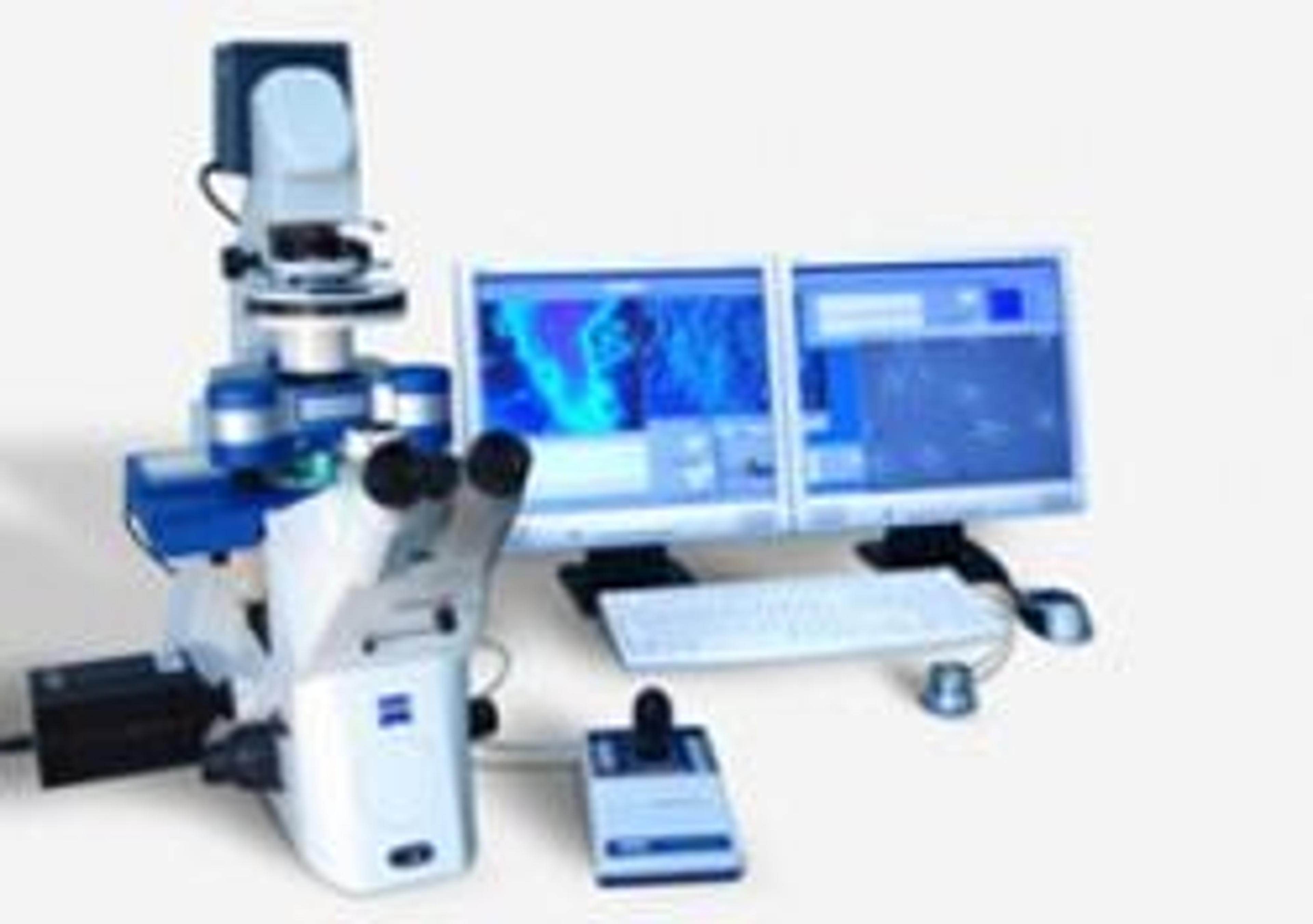Pushing the Boundaries of AFM with JPK’s NanoWizard - The First Images of DNAs Double Helix In the Molecules Natural Environment
9 Nov 2012Lecturer at the London Nanotechnology Centre and the Department of Physics and Astronomy, University College London, Dr Bart Hoogenboom’s main research interest is where nanotechnology tools may be used to study and manipulate single biomolecules. Specifically, he applies AFM as the only instrument that provides ~1 nm spatial resolution on large biomolecules that are “alive”, or in more scientific terms, they are still functional and may be studied in the natural environment, i.e. aqueous salt solution. This means that AFM can visualize biological processes while they happen, at the scale of single molecules. In addition, it enables him to study a number of other properties that help to understand how biomolecules work, e.g., electrostatic charge and nanomechanical rigidity. More practically, it is a technique that his group understands very well which makes it easier to keep a competitive edge in their research.
Dr Hoogenboom’s laboratory collaborates with JPK to look at ways to push instrumentation to new limits of resolution and imaging. While having selected JPK’s NanoWizard® AFMs for biological imaging because of their user-friendliness, they also help to achieve higher throughput for their experiments. Dr Hoogenboom continues: “An additional advantage is their compatibility with inverted optical microscopes, which make it easy to get larger-scale images of what we are watching at the nanoscale. For experiments at higher spatial and time resolution, we also use home-built microscopes. While using these microscopes, we benefit from our joint project with JPK, where JPK has provided us with their latest AFM "Vortis" controller and continues to give us technical support in pushing the limits of our (and their) instrumentation.”
This has enabled Dr Hoogenboom to really push the limits of AFM imaging. This has resulted in a recent publication in Nano Letters which reported on the first visualization of the DNA double helix in water.
There are a few earlier reports of observations of the periodicity of the DNA helix along its longitudinal axis. The distinctive feature of our recent results is the visualization of both DNA strands in the double helix. It is not new that DNA is a double helix, but about 60 years after its discovery, it is the first time that we see it in the molecule's natural, aqueous environment.” Dr Hoogenboom’s enthusiasm and vision coupled to the practical work of his colleague, Dr Carl Leung, have enabled much better control of the AFM cantilever than ever before. As he says, this is core to their research: “Precise control of the AFM cantilever, our miniature "fingertip", is crucial to gently probe molecules without damaging or distorting them. In our laboratory, we develop new techniques to get complete control of the cantilever in aqueous environment, with the aim of probing and imaging biologically relevant samples with sub-molecular or even atomic resolution. We apply these techniques to a variety of samples, preferably to molecules of biomedical relevance.”

